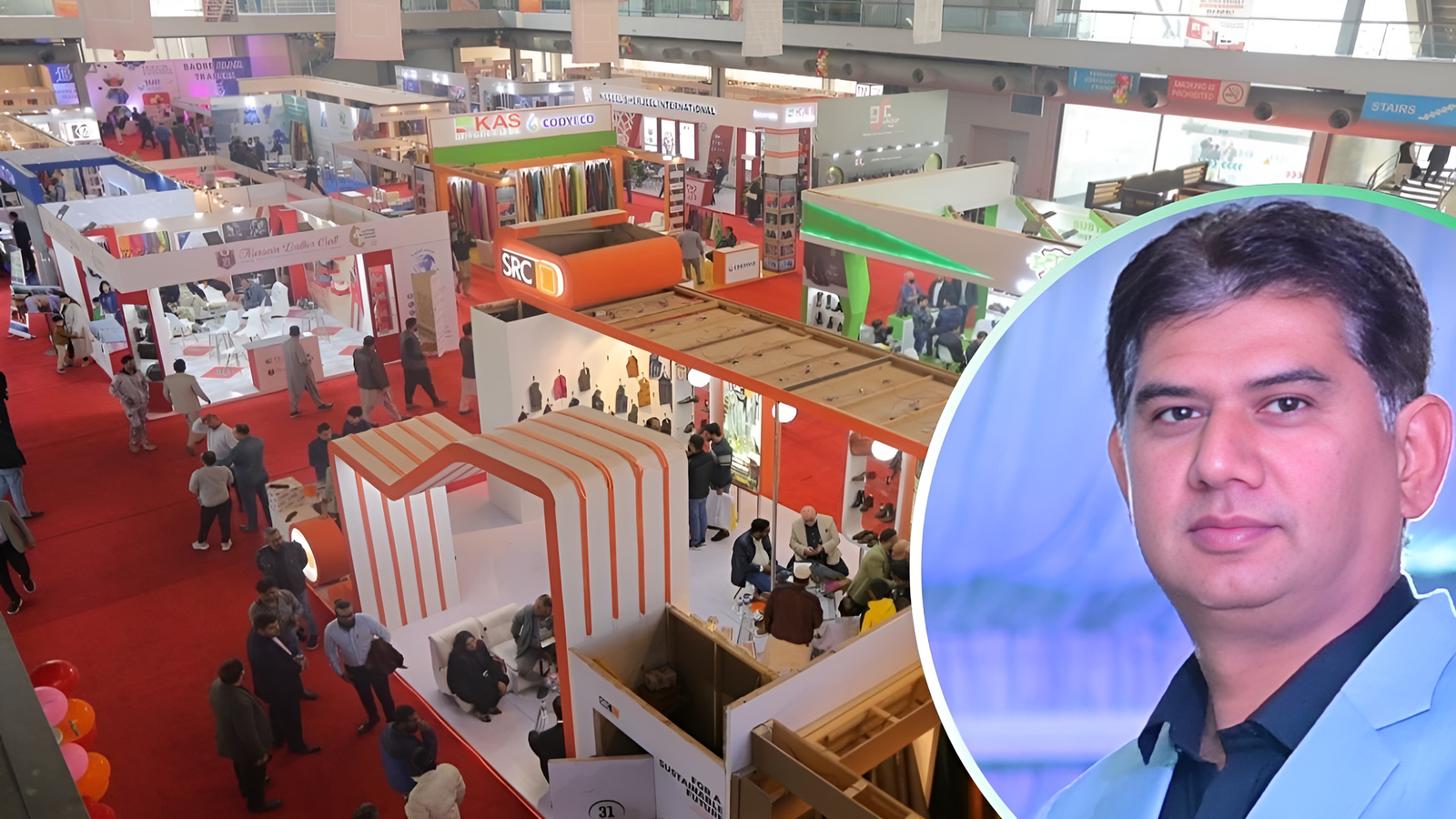Brazil’s footwear industry is gearing up for steady growth through 2024 and 2025, thanks to a robust domestic market that accounts for over 85% of the sector’s sales. This optimistic outlook was highlighted during the press conference at the third edition of the BFSHOW in São Paulo.
However, industry leaders also expressed concerns about challenges such as unfair competition from Asian imports and issues with international e-commerce platforms.
The Brazilian Footwear Industries Association (Abicalçados) reported a 4.8% increase in footwear production from January to September this year, according to IBGE data.
Haroldo Ferreira, Executive President of Abicalçados, projected further growth, with domestic demand expected to drive production by over 3% in 2024 and around 2% in 2025.
“If these forecasts hold, the industry will recover the losses incurred during the pandemic by 2025,”
Haroldo Ferreira, Executive President of Abicalçados
This year’s production is anticipated to close at 890 million pairs, growing to 904 million pairs in 2025 close to pre-pandemic figures of 898 million pairs in 2019.
Despite the positive trends, Ferreira emphasized that the sector’s growth could have been even stronger without the impact of unfair competition from Asian imports.
Abicalçados expects exports to drop by 20% and imports to rise by over 20% in 2024, with many Asian products entering Brazil at below-market prices.
To combat this, Abicalçados is working to extend antidumping measures currently applying a $10.22 surcharge per pair of Chinese footwear to include countries like Vietnam and Indonesia.
Ferreira pointed out that production in China is increasingly shifting to neighboring countries with lower labor costs, continuing the practice of predatory pricing.
Key Industry Data
- 2024 Production Forecast:
882–893 million pairs (+1.9% to +3.2% vs. 2023)
- 2025 Production Forecast:
897–904 million pairs (+1.1% to +1.9% vs. 2024)
- Employment:
294,800 direct jobs as of September 2024 (+14,600 jobs in 2024, though 2.1% below 2023 levels)
- 2024 Export Forecast:
95.6–101.2 million pairs (-19.2% to -14.5% vs. 2023)
- Imports through October 2024:
29.8 million pairs (+20.9% vs. 2023)












